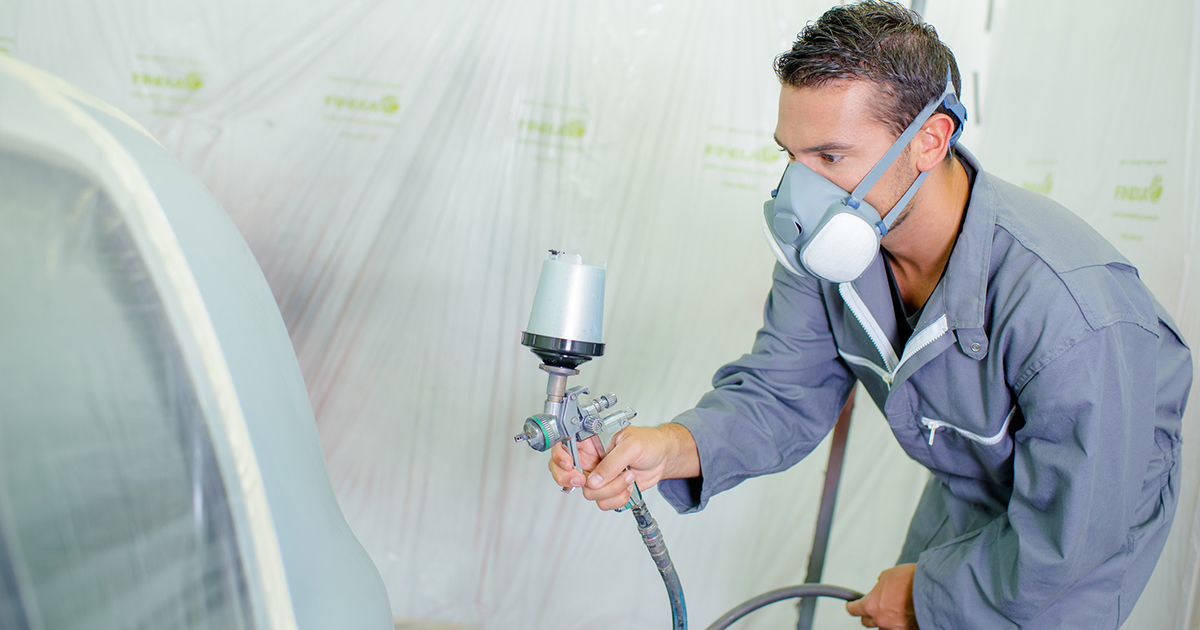What Are The Causes, Risk Factors, And Complications Of Emphysema?
When an individual has emphysema, the muscles that give them the ability to breath have to work harder than usual and become worn out sooner. The most common indicator of emphysema is when an individual continually feels short of breath. Other indications include a persistent cough, chest tightness, wheezing, and chest pain. Most manifestations of emphysema will become worse upon physical exertion. These symptoms develop slowly as the disease progresses. Most individuals diagnosed with emphysema experience initial symptoms between forty-five and sixty years old. Emphysema is staged upon diagnosis. The stages of emphysema range from Group A to Group D. The stage is determined by breathing function, frequency of flare-ups, and severity of symptoms. Several factors increase the risk of developing emphysema. There are several causes of this disease and numerous complications that may result from it.
Chemical Dust And Fumes

Chemical and dust fumes have been known to be a key risk factor in the development of emphysema. Most individuals exposed to these factors have occupations in mining, cleaning, manufacturing, firefighting, railroads, truck driving, and manicuring. Individuals who work around rubber, leather manufacturing, textile manufacturing, coal mines, plastics, and construction utilities are at an elevated risk for developing emphysema over time. Fumes from diesel fuel have also been identified as a risk factor. Cleaning solutions made for use at an industrial level are incredibly irritating to the respiratory tract. The chemicals used in nail salons by manicurists are also a culprit for extended exposure to chemical fumes that can cause scarring in the lungs. Exposure to chemical dust and fumes over an extended period can cause the alveoli or tiny air sacs in the lungs to become irreversibly damaged. Air pockets develop in between the damaged air sacs in the lungs, and more air becomes trapped in the pockets as the disease progresses. The lungs become enlarged due to this mechanism, making it difficult for the affected individual to breathe.
Secondhand Smoke Exposure

Secondhand smoke exposure has been proven to be an increased risk factor for the development of emphysema in a non-smoking individual. Secondhand smoke is the term used to describe the combination of smoke exhaled by smokers and the burning end of a tobacco cigarette, pipe, or other tobacco apparatus. Over seven thousand chemicals are present in secondhand smoke, and over 250 of them are proven to cause illness. Some of these toxins include nicotine, benzene, arsenic ammonia, formaldehyde, vinyl chloride, and hydrogen cyanide.
Secondhand smoke is especially dangerous and harmful when it is present in a motor vehicle, home, or other poorly ventilated structures. Even when an individual is finished smoking, the toxic chemicals stay in the air and can be inhaled for an average of four hours. Non-smokers who inhale secondhand smoke fumes are putting poisonous and harmful chemicals like nicotine into their lungs the same way smokers do. Individuals who do not smoke but reside with an individual who does have shown to have the air pockets in their lungs that develop into emphysema.
